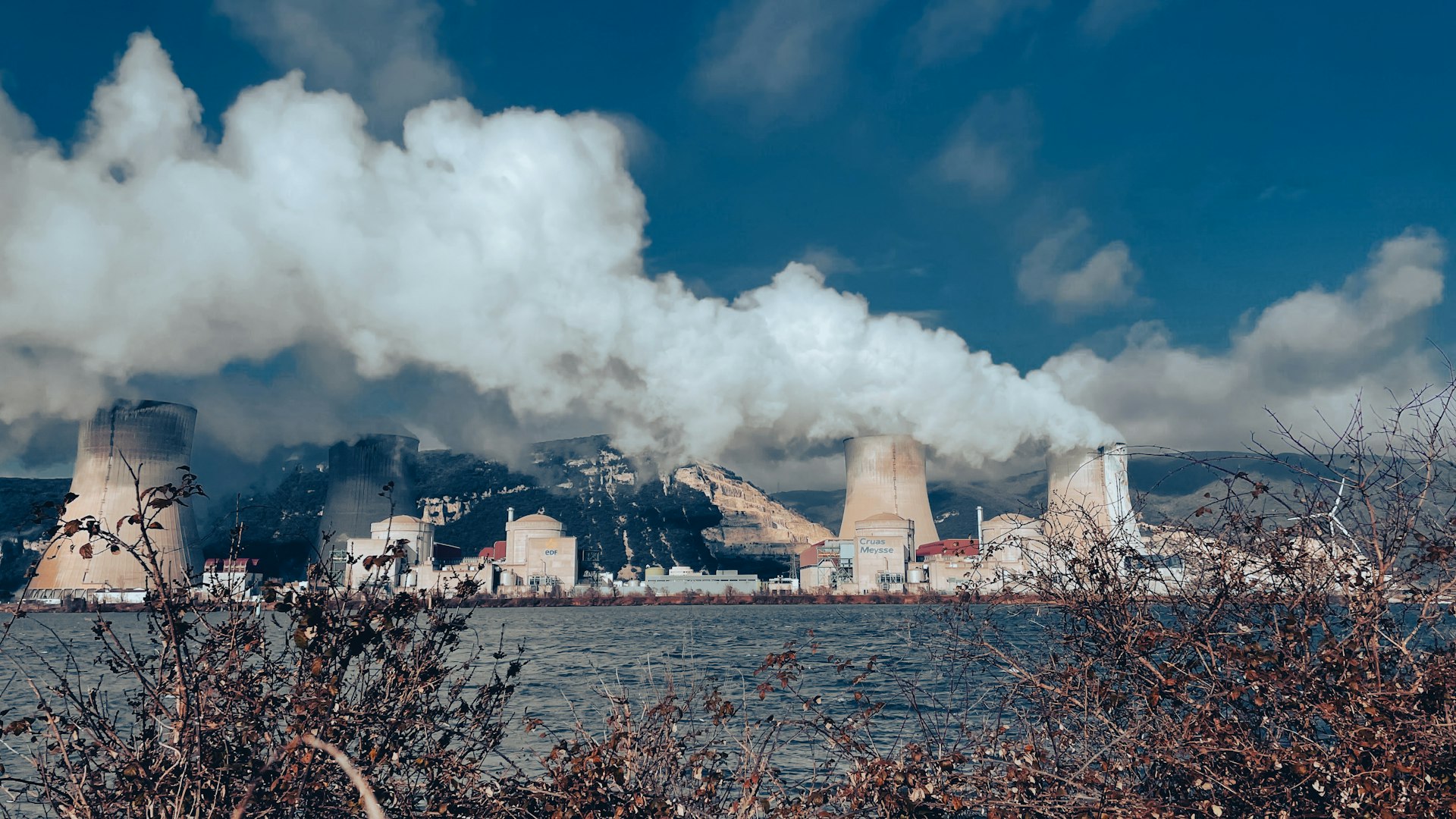The Hidden Environmental Costs of Natural Gas: What You Need to Know

Photo by KWON JUNHO on Unsplash
Understanding Natural Gas and Its Environmental Impact
Natural gas has often been promoted as a cleaner alternative to other fossil fuels, largely due to its lower carbon dioxide emissions when burned. However, a deeper look reveals significant environmental drawbacks that challenge its reputation as a sustainable energy source. This article explores the reasons natural gas is harmful to the environment, the risks associated with its extraction and use, and actionable steps for individuals and communities seeking alternatives.
Greenhouse Gas Emissions: More Than Just Carbon Dioxide
While it is true that burning natural gas emits less carbon dioxide (CO
2
) compared to coal or oil, its primary component-methane-is a far more potent greenhouse gas. According to the U.S. Energy Information Administration (EIA), methane leaks occur throughout the natural gas supply chain, from extraction to transportation and storage. Methane has a global warming potential more than 80 times greater than CO
2
over a 20-year period, making even small leaks highly significant for climate change
[3]
. The U.S. Environmental Protection Agency has estimated that natural gas and petroleum systems are responsible for about one-third of methane emissions in the United States, contributing roughly 4% to total U.S. greenhouse gas emissions
[3]
.
Extraction and Production: Disturbance of Ecosystems and Water Resources
The extraction of natural gas, especially through hydraulic fracturing (fracking), can have severe consequences for local ecosystems. Drilling operations often require clearing land, which disrupts habitats and threatens wildlife. Fracking uses vast amounts of water and produces contaminated wastewater that must be carefully managed to prevent pollution of rivers and groundwater [1] . Improper handling of these waste products, or accidental spills, have resulted in documented cases of water contamination and harm to aquatic life. Additionally, the construction of pipelines fragments habitats and can threaten biodiversity in sensitive areas [3] .
Methane Leaks: A Silent Contributor to Climate Change
Methane leaks are not limited to the extraction phase. During processing, storage, and transportation-especially through pipelines-methane can escape into the atmosphere. These leaks are challenging to detect and control, making them a persistent environmental issue. The impact is significant: methane is responsible for about 30% of the rise in global temperatures, and the oil and gas sector is a key source of these emissions [4] . The short-term climate effects of methane are dramatic, underscoring the urgency of addressing leaks throughout the supply chain.
Health Risks and Air Quality Concerns
Natural gas power plants and appliances emit pollutants such as nitrogen oxides (NOx), which contribute to smog and can aggravate respiratory conditions like asthma [4] . In communities near gas plants or fracking sites, residents may experience increased rates of health problems, including birth defects and cancer. Even in homes, using gas stoves and ovens can release nitrogen dioxide at levels above safe limits, particularly affecting children and individuals with preexisting health conditions.

Photo by Yngvi Hegemony on Unsplash
Water Use and Pollution: The Hidden Costs of Fracking
Hydraulic fracturing, or fracking, consumes large volumes of water and generates toxic wastewater. This wastewater can contain chemicals hazardous to human health and the environment, and improper disposal has led to contamination of drinking water sources in some regions. The environmental risks extend beyond water pollution; fracking operations have also been linked to increased earthquake activity in certain areas [1] .
Infrastructure and Land Use: Long-Term Environmental Disruption
The construction of natural gas infrastructure, including wells and pipelines, leads to long-term changes in land use and fragmentation of habitats. This not only affects wildlife movement and plant diversity but also increases the risk of soil erosion and surface water contamination. The cumulative impact of repeated drilling and pipeline installation can be especially damaging in rural and sensitive natural areas [3] .
Alternatives and Practical Steps to Reduce Dependence
For individuals and communities looking to minimize their environmental footprint, several actionable strategies exist:
- Transition to Renewable Energy: Consider switching to renewable sources such as wind, solar, or geothermal for electricity and heating. Many utilities now offer green energy programs-contact your local provider to inquire about participation.
- Improve Energy Efficiency: Upgrading insulation, using energy-efficient appliances, and adopting smart home technologies can reduce overall energy consumption and the need for natural gas.
- Advocate for Policy Change: Community organizations and environmental groups often campaign for stricter regulations on methane emissions and cleaner alternatives. You can support these initiatives by contacting local representatives or joining advocacy efforts.
- Monitor for Gas Leaks: If you use natural gas at home, ensure regular maintenance of appliances and consider installing methane detectors. If you suspect a leak, contact your utility provider immediately for inspection and repair.
How to Access Resources and Learn More
If you want to explore alternatives or learn more about the environmental impact of natural gas:
- Contact your local utility provider to ask about renewable energy options and energy efficiency programs.
- Search for environmental advocacy organizations in your region-many offer guidance on reducing fossil fuel dependency.
- For health and safety information, consult the Environmental Protection Agency (EPA) or your state’s environmental health department. Official resources can be found by searching for “EPA natural gas and health” or “state department of environmental protection.”
- Stay informed about regulatory changes and new technologies that help reduce greenhouse gas emissions from natural gas use.
Potential Challenges and Solutions
Transitioning away from natural gas can present challenges, including upfront costs for new appliances or insulation and limited access to renewable energy in some areas. Solutions include exploring government incentive programs, seeking out community solar or wind projects, and utilizing existing rebate programs for energy-efficient upgrades. If you’re unsure where to start, your state energy office or local utility provider can offer guidance and direct you to available resources.
Summary: Key Takeaways
Natural gas, while cleaner than coal or oil, still poses significant environmental and health risks. Its extraction, transportation, and use contribute to methane emissions, ecosystem disruption, and air and water pollution. By understanding these impacts and taking proactive steps to reduce dependence, individuals and communities can play a crucial role in protecting the environment and public health.
References
- [1] MET Group (2023). Natural gas environmental impact: problems and benefits.
- [2] Frontier Natural Gas (2023). Natural Gas and the Environment.
- [3] U.S. Energy Information Administration (2023). Natural gas and the environment.
- [4] Environmental Defence (2023). Five Reasons “Natural” Gas is Bad for You and the Environment.
MORE FROM promohunterpro.com













